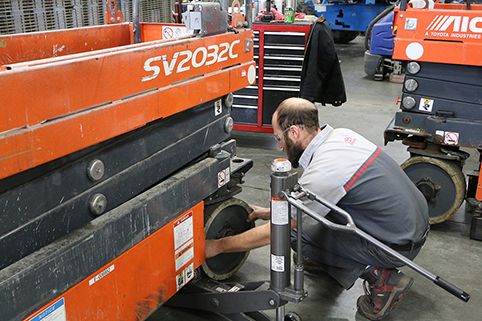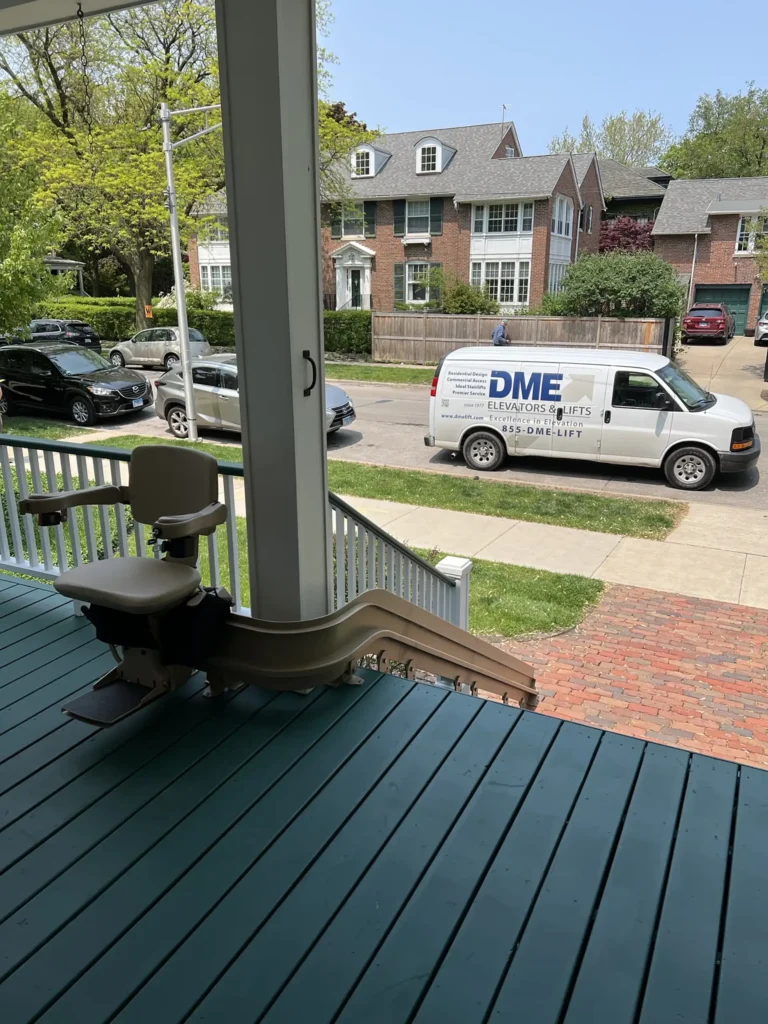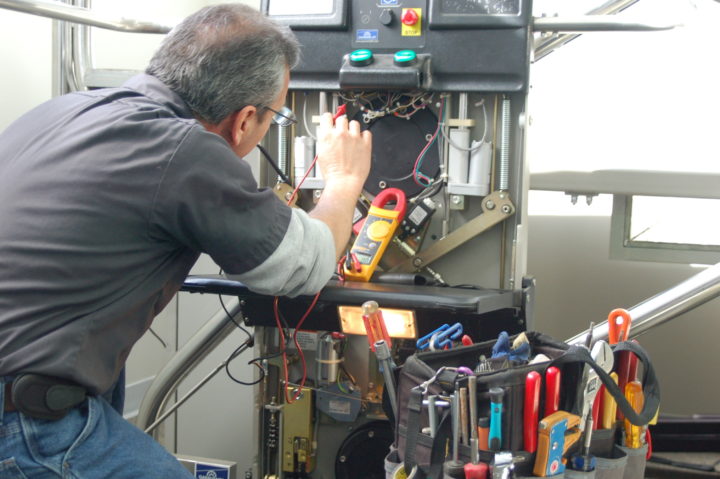Elevate Your Service: Choosing Lift Maintenance Services and Repair Companies Near Me
Wiki Article
Comprehensive Overview to Elevator Solutions and Their Maintenance
Navigating the complex world of lift systems and their upkeep is a task that requires accuracy and knowledge. From the various sorts of elevator systems in operation to the thorough adherence to safety regulations, the upkeep of these upright transportation devices is a multifaceted undertaking. As buildings skyrocket higher and innovation advancements, the demand for an extensive understanding of lift systems becomes increasingly crucial. Join us as we unravel the complexities of elevator maintenance, exploring usual problems, best methods, and advanced innovations that shape the modern-day landscape of upright transportation.Sorts Of Lift Systems
The most usual types consist of hydraulic lifts, traction lifts, machine-room-less lifts, and vacuum cleaner lifts. Hydraulic elevators are optimal for low-rise structures and use a hydraulic piston to move the lift automobile. Machine-room-less elevators are a space-saving alternative as they do not call for a separate maker area for the lift equipment.Each kind of lift system has its own advantages and disadvantages, making it important for building proprietors and developers to thoroughly consider their specific demands before choosing one of the most suitable option. Aspects such as developing elevation, room schedule, energy effectiveness, and budget constraints all play a substantial role in establishing the very best lift system for a particular structure.
Common Maintenance Concerns
Regular maintenance of lift systems is important to guarantee smooth procedure and prolong their life expectancy. In spite of normal upkeep, elevator systems can still come across usual maintenance concerns that need to be promptly addressed to avoid interruptions in service. One of one of the most regular concerns is door breakdowns. Lift doors may obtain misaligned, bring about issues with opening and closing properly. This can create delays and safety and security risks, calling for immediate interest from maintenance technicians. An additional typical problem is associated with the lift's leveling accuracy. If the elevator does not straighten properly with the floorings, guests may experience tripping risks and discomfort. In addition, problems with the control system, such as sensing unit issues or electrical problems, can cause the elevator to breakdown or stop functioning altogether. Regular evaluations and aggressive upkeep can aid determine and solve these usual maintenance issues before they escalate and impact the general performance of the lift system.
Safety And Security Rules and Compliance
Sticking to strict safety and security guidelines and making certain conformity with market criteria are vital for keeping the functional honesty of lift systems. Elevators are subject to a detailed set of safety guidelines to protect passengers, upkeep employees, and the public. Regulative bodies such as the Occupational Safety and Health Management (OSHA) in the United States and the European Lift Association (ELA) in Europe establish guidelines that cover different elements of lift design, operation, installment, and upkeep.Conformity with these regulations is not just a legal demand however also an ethical obligation for structure owners and elevator maintenance firms. Failure to fulfill safety and security requirements can result in penalties, lawful responsibilities, and, most significantly, threaten the safety of people making use of the elevator. Regular examinations, upkeep checks, and adherence to safety and security methods laid out in the laws are necessary to ensure the safe and effective procedure of elevator systems. By prioritizing safety and security regulations and conformity, stakeholders can support the trust of the general public and reduce potential dangers related to lift usage.
Best Practices for Maintenance

Building owners must additionally think about spending in innovation upgrades to enhance the performance and security of their lift systems. By following these finest techniques, lift systems can operate smoothly lift repair companies near me and safely, offering trustworthy upright transportation for occupants.

Advanced Technologies for Performance
Executing innovative modern technologies in lift systems can dramatically boost functional effectiveness and passenger experience. These systems permit passengers to input their desired floor prior to entering the lift, which then routes them to the most reliable automobile.Moreover, the integration of wise sensors and anticipating upkeep capacities has transformed lift upkeep. These sensors can discover possible concerns before they intensify, allowing positive upkeep interventions and lessening downtime. In addition, the use of regenerative drives and energy-efficient parts aids decrease power usage and operating prices in lift systems.
Additionally, the implementation of cloud-based tracking and remote diagnostics enables real-time monitoring of lift performance and immediate troubleshooting of any breakdowns. This aggressive approach not just boosts system integrity yet additionally improves the general individual experience by guaranteeing continuous and smooth lift procedures.
Verdict
In verdict, comprehending the different kinds of lift systems, typical maintenance problems, safety and security regulations, best upkeep methods, and advanced innovations for effectiveness is critical for ensuring the smooth operation of elevators. By adhering to safety policies and executing finest methods for upkeep, building owners can prolong the lifespan of their elevator systems and guarantee the safety of passengers. It is necessary to stay updated on the latest developments in elevator technology to improve efficiency and integrity.The most usual kinds include hydraulic elevators, traction lifts, machine-room-less lifts, and vacuum elevators. Hydraulic lifts are excellent for low-rise structures and utilize a hydraulic piston to move the elevator car. Machine-room-less lifts are a space-saving alternative as they do not need a separate machine area for the lift machinery. Regular examinations and positive upkeep can aid recognize and fix these common upkeep problems before they rise and influence the general performance of the lift system.

Report this wiki page